Explain the Difference Between Nutrient-dense Foods and Calorie-dense Foods.
Empty calories are foods and beverages that are very high in calories but provide a very low nutrient value including vitamins and minerals. Take for example the humble sugar cookie.
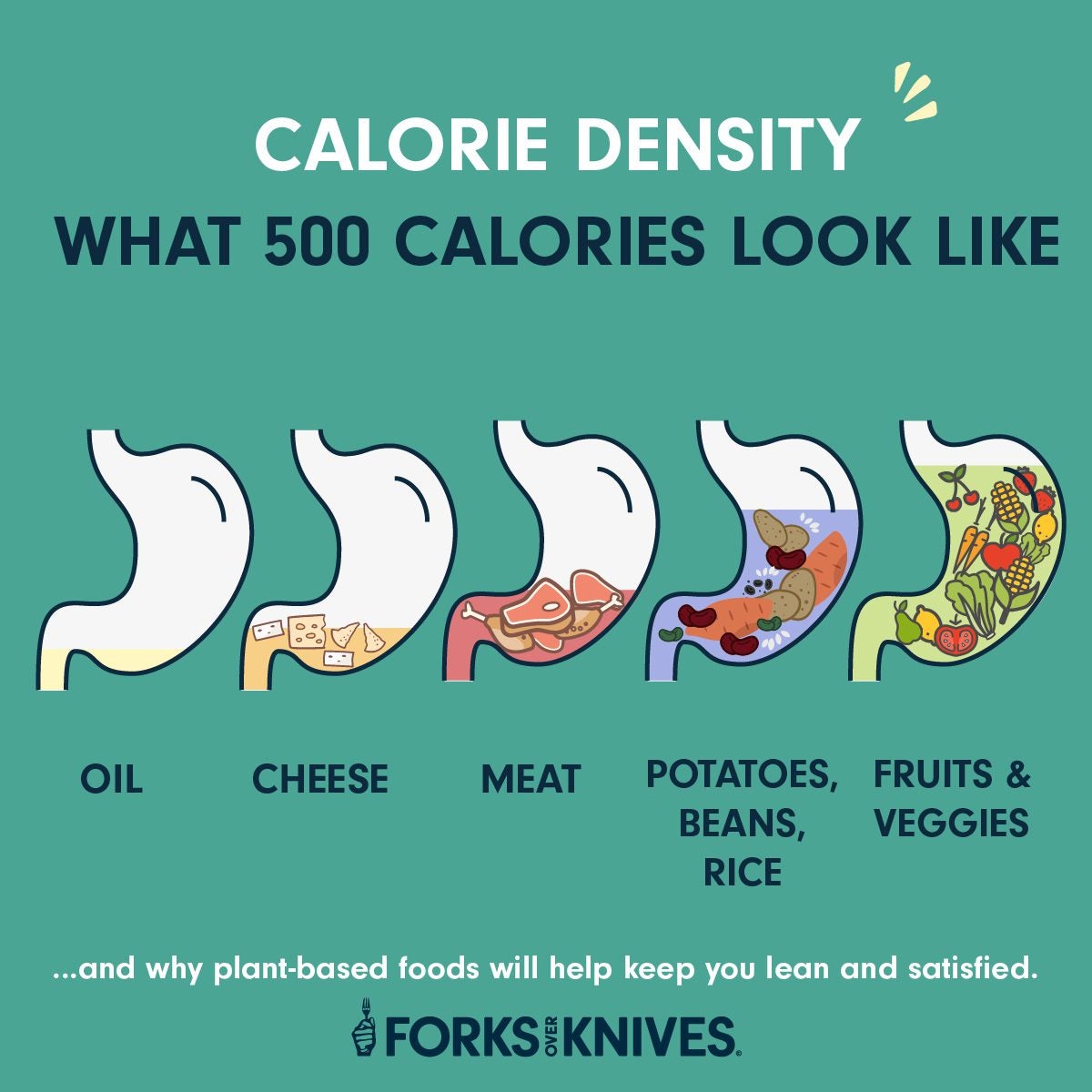
Calorie Density Approach To Nutrition And Weight Management Forks Over Knives
Foods that are nutrient dense have high levels of nutrients per serving.

. Examples of nutrient dense foods include fruits vegetables whole grains and lean. The calories may come from protein fat or carbohydrates. Calorie-dense foods are essentially junk foods that are high in calories and high in fat sugars or salts.
Think of the difference between potato chips and plain baked potato or sweetened yogurt and. 2 You know the good stuff. Nutrient dense foods are foods that provide a lot of nutrients fiber phytochemicals vitamins minerals etc for a low number of calories.
The more nutrient dense a food is the more nutrients vitamins minerals you get for a standard amount of the food measured in grams or calories. These foods provide the most health benefit to your body. Nutrient-dense foods are those that contain a.
Records provided estimates of total daily energy intake and caloric intake from. Nutrient-dense foods are foods that are very healthy and you can typically eat more of these foods than calorie-dense foods. Food that is high in nutrients but relatively low in calories.
Foods such as whole grains fruits nuts etc. Energy density measures the calorie content of foods while nutrient density refers to the nutrient composition of foods. Foods that are heavily processed with added sugar and fat are typically more calorie dense but nutrient light than foods that are minimally processed or are unprocessed.
In one trial of 200 overweight men and women we tested the efficacy of incorporating either a low- or high-energy dense food into a. The purpose of this study was to determine whether obese adolescents eat more high-calorie low-nutrient-dense foods than non-obese adolescents. It is also called energy density and is usually measured as.
Foods that are energy-dense contain a higher number of calories per serving while foods that are nutrient-dense contain a higher level of vitamins minerals and other important nutrients with little or no added sugars or fats that raise calories. The term energy density refers to the amount of energy or calories per weight of a food or drink. If you are trying to lose weight or maintain your weight choose a diet high in nutrient-dense foods and avoid or restrict calorie-dense foods.
Nutrients and have added fat sugar and salt. Think of the difference between potato chips and a plain baked potato or sweetened yogurt and plain yogurt or creamed spinach and. Nutrient-dense foods contain vitamins minerals complex carbohydrates lean protein and healthy fats.
Foods that are energy dense contain a higher number of calories per serving while foods that are nutrient dense contain a higher level of vitamins minerals and other important nutrients with little or no added sugars or fats that raise calories. In fact its too simple. Give an example of each.
Examples of calorie-dense food or junk food include soda cake pepperoni pizza and frosted cereals. Nutrient-dense foods are foods or beverages that have only a few calories but provide minerals vitamins and other substances that benefit our body. They provide fewer calories and are high in Vitamins A C D and E calcium iron potassium zinc fiber and healthy fats.
Some foods can be energy dense and provide few nutrients while other foods can be nutrient dense. But obviously terms like high in nutrients or low in calories are relative. Calorie-dense foods are essentially junk foods that are high in calories and high in fat sugars or salts.
They are dense in nutrients for health but not dense in calories. Nutrient density refers to how much nutrition a food provides per calorie. Nutrient dense refers to the amount of vitamins minerals andor protein in a food.
Several year-long clinical trials also indicate that encouraging people to consume low-energy-dense foods affects weight loss. Foods that are energy dense have lots of calories per serving. Using a cross-sectional design 22 non-obese and 21 obese adolescents kept 14-day food records.
They have little nutritional value and are often called empty calories. If a food is high in nutrients but low in calories we say it is nutrient dense. Research methods and procedures.
Spinach which is very. Nutrient-dense foods are rich in vitamins minerals and other nutrients important for health without too much saturated fat added sugars and sodium. Examples of calorie-dense food or junk food include soda cake pepperoni pizza and frosted cereals.
Energy-dense foods tend to be dry and high in fats such as biscuits chips candy butter etc whereas less energy-dense foods are usually rich in water andor fibre such as fruits vegetables vegetable soups etc. What is the difference between nutrient dense foods and calorie dense foods. Give an example of each.
Think of the difference between potato chips and plain baked potato or sweetened yogurt and plain yogurt or creamed spinach. Foods that are energy dense contain a higher number of calories per serving while foods that are nutrient dense contain a higher level of vitamins minerals and other important nutrients with little or no added sugars or fats that raise calories. If a food is calorie dense that usually means it is high in energy and low in nutrients.
As far as calculations go its pretty simple. Some calorie-dense foods are extremely healthy and some calorie-dense foods like meat is very unhealthy. Explain the difference between nutrient-dense foods and calorie-dense foods.
Calories give energy whereas nutrients give you other things your body needs to survive such as protein iron etc. Were talking fruits vegetables whole grains non-fat and low-fat dairy fish and seafood unprocessed lean meat and skinless poultry nuts and legumes. Foods that contain large amounts of fiber and wat.
They have little nutritional value and are often called empty calories. Explain the difference between nutrient-dense foods and calorie-dense foods. This term is a way to describe what else you are getting from a food besides just calories.
The difference between nutrient dense Calorie foods and emptyCalorie foods lay in the nutritional content Vitamin Minerals contained in the food. Calorie density is a measure of the calorie content of food relative to its weight or volume. Calorie-dense foods can also provide nutrients but nutrient-dense foods will provide high levels of nutrients other than calories.

Why Volume Eating Can Help You Feel Full Lose Weight

Calorie Density For Weight Loss Plantstrong

Nutrient And Energy Density Nutrition Diva S Cheat Sheet Pediatric Nutrition Nutrition Nutrient

Is Popcorn Good For Weight Loss Libby Rome

Calorie Density Food Volume Starter Pack Macabolic

Hotel Notoriu Transfuzie Low Calorie Dense Foods Spaziocontatto Net
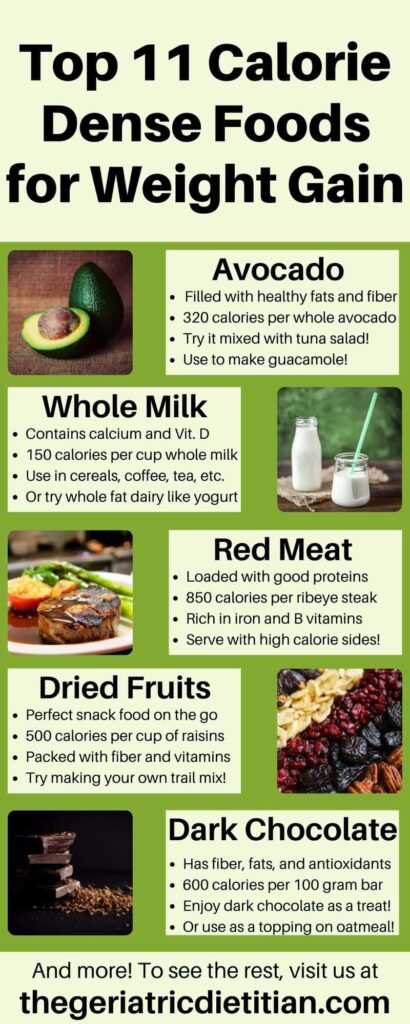
Top 11 Calorie Dense Foods For Weight Gain The Geriatric Dietitian

Pin On Workout Nutrition Diet Plans For Men And Women
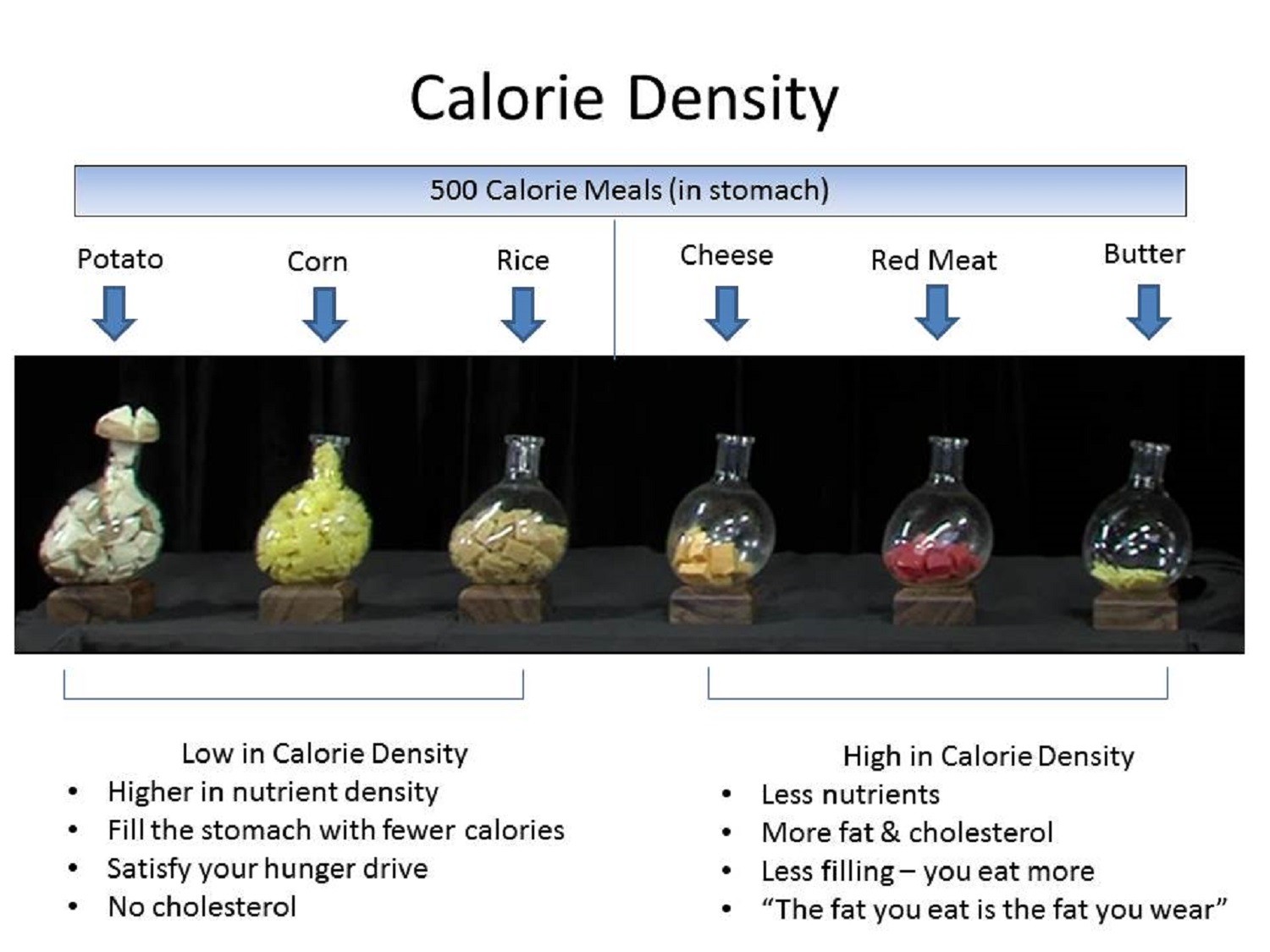
What Is Calorie Density Plant Based Nutrition Lifestyle
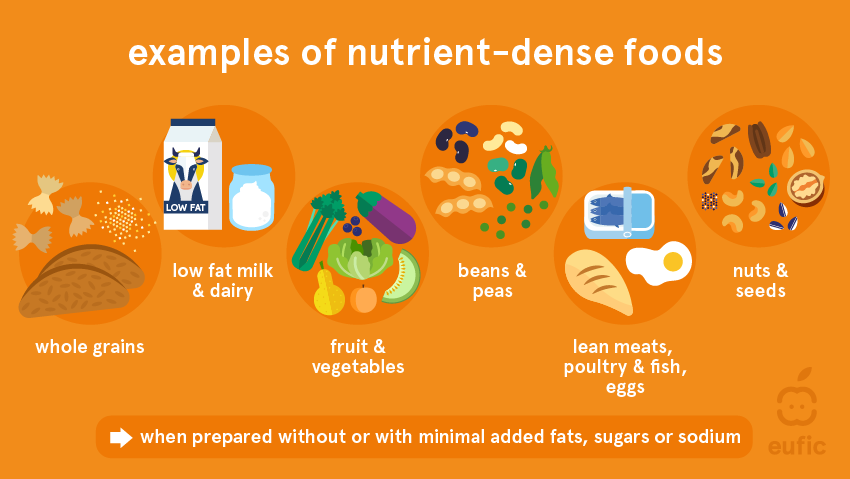
What Is Nutrient Density Eufic

Pin On Thefitfoodshq Instagram

Nutrient Dense Foods From The Vegetable Food Group Containing Less Than 100 Kcals Per Serving Food Calories List Tomato Nutrition Food
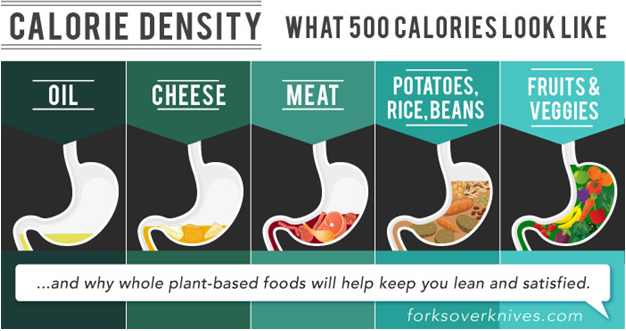
Calorie Dense Vs Nutrient Dense Foods The Way Forward
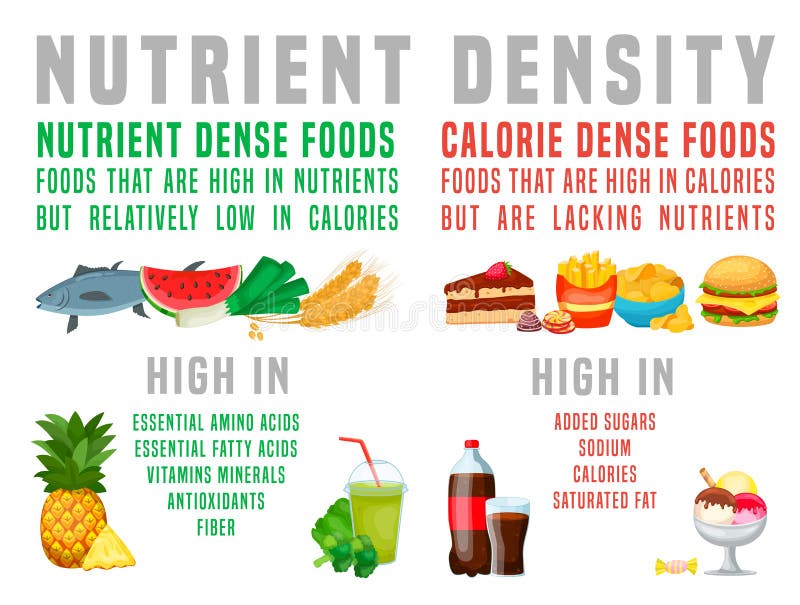
Food Examples Stock Illustrations 152 Food Examples Stock Illustrations Vectors Clipart Dreamstime

Is Your Food Nutrient Dense Or Just Empty Calories Msu Extension

Nutrition Is Simple Calorie Dense Foods Healthy Food Facts Nutrient Dense Food List

Top 11 Calorie Dense Foods For Weight Gain The Geriatric Dietitian
Which High Calorie Foods Can I Eat To Gain Weight Quora

Hotel Notoriu Transfuzie Low Calorie Dense Foods Spaziocontatto Net
Comments
Post a Comment